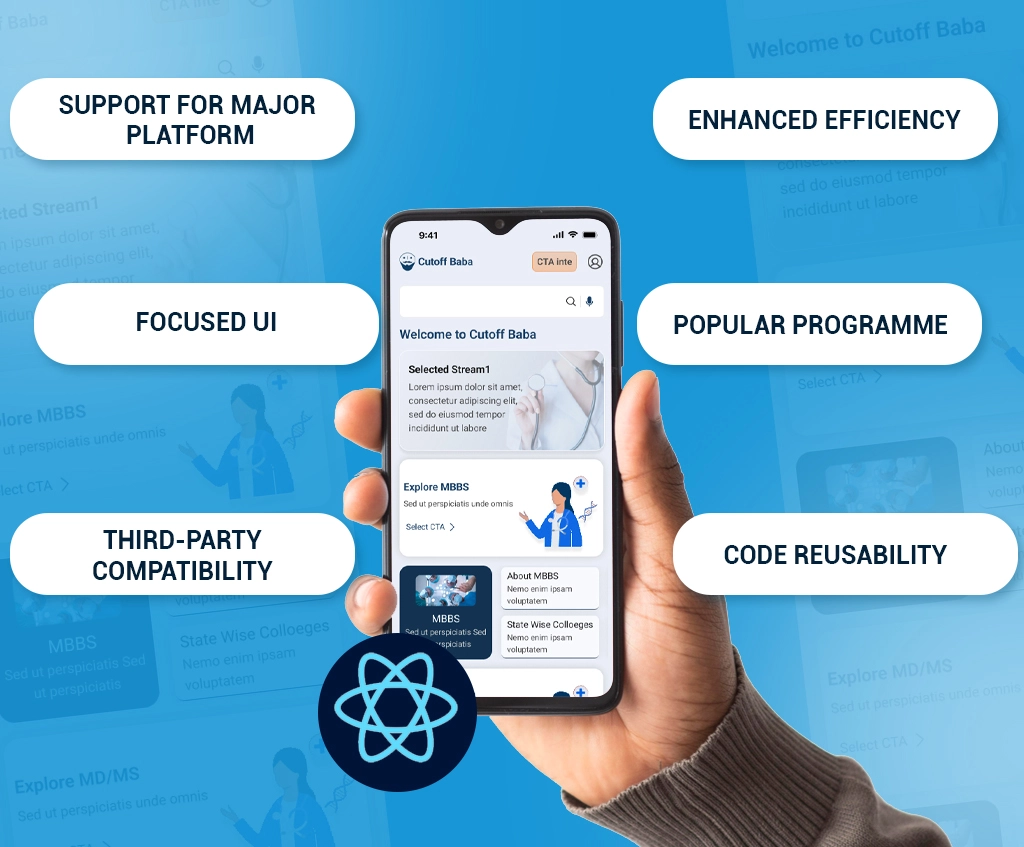
In the fast-paced digital era, businesses need mobile applications that combine speed, reliability, and cross-platform capabilities. Developing separate apps for Android and iOS often consumes significant time and resources. This is where React Native app development stands out—offering an efficient, cost-effective, and flexible solution without compromising performance or user experience.
React Native, created by Facebook, has become one of the most popular frameworks for building mobile applications. It empowers developers to write a single codebase that works seamlessly across multiple platforms while delivering a near-native experience. For businesses aiming to stay ahead in the competitive app market, React Native provides the perfect balance of speed, performance, and flexibility.
React Native redefines how mobile apps are built by blending the efficiency of JavaScript with the power of native components.
Key Benefits:With these advantages, React Native is ideal for startups, SMEs, and enterprises seeking scalable and modern mobile applications.
These features enable businesses to launch apps faster while ensuring superior performance for end-users.
Every business has unique requirements, and React Native’s flexibility makes it adaptable to diverse needs. From e-commerce platforms and healthcare apps to on-demand services and fintech solutions, React Native can support a wide range of industries.
The framework also integrates easily with third-party plugins, APIs, and backend systems, allowing businesses to expand functionality without heavy modifications. Moreover, companies can migrate existing apps to React Native gradually, saving both time and resources.
A typical React Native app development process involves:
This structured approach ensures apps are not only fast to market but also sustainable in the long term.
1. Cross-Platform Development – Single codebase for Android and iOS.
2. Hot Reloading – Faster debugging and real-time updates.
3. Native Performance – Apps that feel and function like native ones.
4. Reusable Components – Accelerated development through modular design.
5. Third-Party Plugin Support – Easy integration of additional features.
6. Scalable Architecture – Apps designed to grow with your business.
7. Rich UI Libraries – Pre-built elements for engaging user experiences.
8. Strong Community Support – Access to tools, updates, and resources globally.

HTML

CSS

Bootstrap

JavaScript

jQuery

React
Node.js

Laravel

PHP

MySQLi
MongoDB

Java

Photoshop

Android

Flutter
WordPress

Shopify
Design as Services is way forward